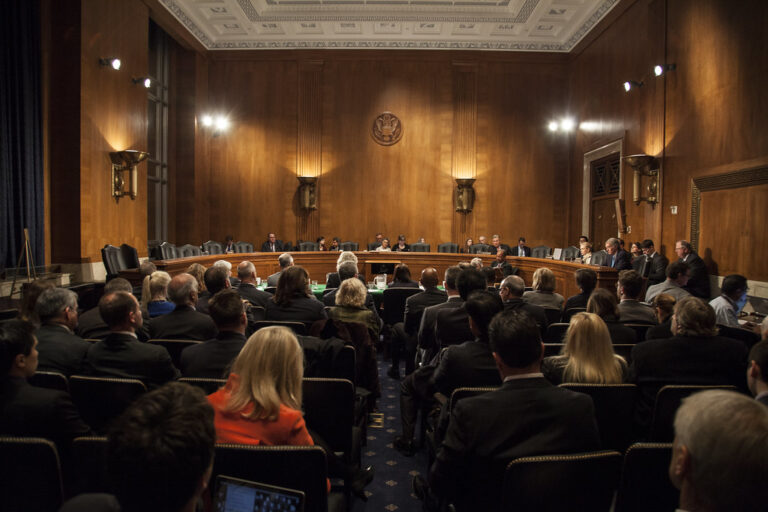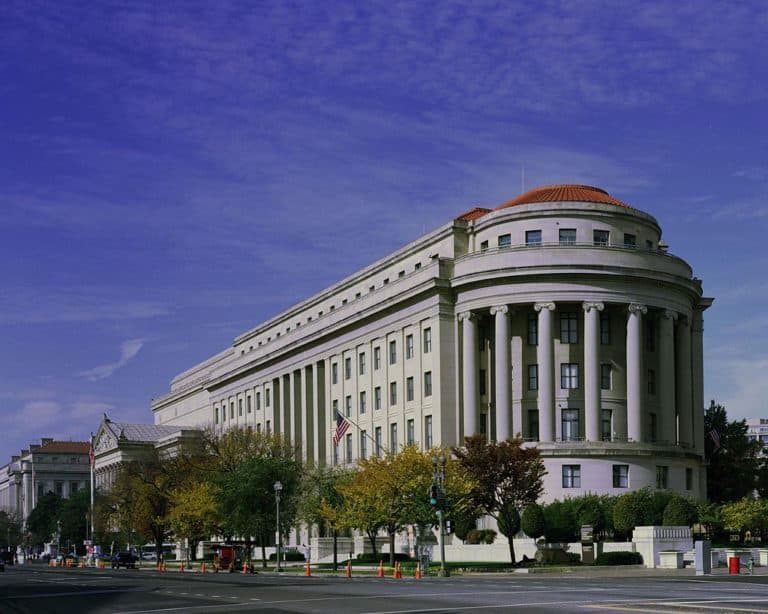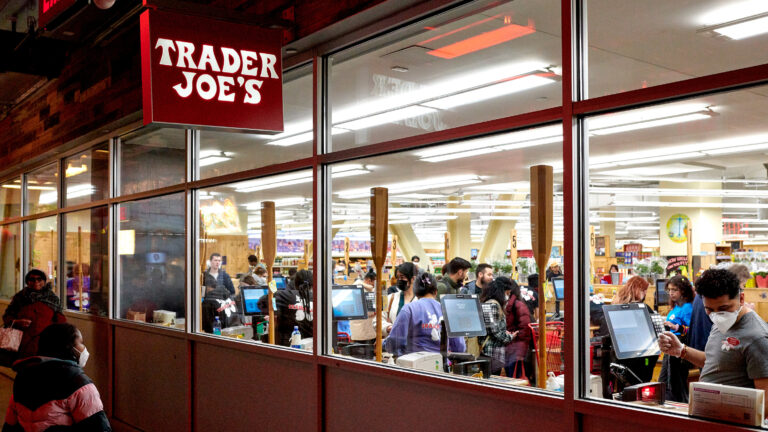Annie Hollister is an Honors Attorney at the U.S. Department of Labor and an alumna of Harvard Law School.
California’s controversial AB5 law came into effect on January 1, to fierce opposition from industry. The law codifies the California Supreme Court’s Dynamex test for classifying workers as employees, rather than independent contractors. Last week, Uber and Postmates filed a suit to challenge the law, arguing that the state legislature’s decision to exempt certain industries is essentially irrational. Late last year, Uber, Lyft, and Postmates also announced that they would be sponsoring a ballot proposition to repeal the law. AB5 was introduced with the intention of protecting gig workers performing contract work for app-based companies like Uber. But freelance workers in other industries have expressed concerns about the new rule. Many fear that employers will prefer to lay off workers rather than provide the unemployment insurance, workers compensation, and minimum wage owed to employees under AB5.
More than 20,000 American railroad workers have been laid off in the last year. According to the Washington Post, trade tariffs introduced by President Trump have reduced demand for freight rail, and transportation companies have cut costs to remain profitable. The result has been a 10% drop in rail employment—the largest drop since the 2009 recession—accompanied by increased automation.
New York State has eliminated the tipped minimum wage for “miscellaneous” tipped workers—but leaves the subminimum wage intact for the hospitality industry. By the end of this year, roughly 70,000 tipped workers including car wash employees, nail technicians, and valets, will see their wage increase to be on par with nontipped minimum wage ($15 per hour in New York City, $11.10 elsewhere in the state). In a statement announcing the change, Governor Andrew Cuomo did not address the 250,000 or so waiters, bartenders, and bussers who comprise the largest group of tipped employees in the state.
Last week, the Philadelphia Inquirer wrote about how a Google spreadsheet was the most powerful tool for local labor organizers in 2019. In May of last year, a group of anonymous museum workers began sharing their salaries and benefits, together with information about their education, race, and background, on a public Google spreadsheet. Soon, workers in other industries began to create spreadsheets of their own: Philadelphia baristas, public interest attorneys, and journalists created anonymous pay spreadsheets, with baristas in other cities soon following suit. The data in the baristas’ spreadsheet prompted coffee shop workers across the city to join together to improve working conditions, and has led to a unionizing drive in at least one café.






Daily News & Commentary
Start your day with our roundup of the latest labor developments. See all
November 20
Law professors file brief in Slaughter; New York appeals court hears arguments about blog post firing; Senate committee delays consideration of NLRB nominee.
November 19
A federal judge blocks the Trump administration’s efforts to cancel the collective bargaining rights of workers at the U.S. Agency for Global Media; Representative Jared Golden secures 218 signatures for a bill that would repeal a Trump administration executive order stripping federal workers of their collective bargaining rights; and Dallas residents sue the City of Dallas in hopes of declaring hundreds of ordinances that ban bias against LGBTQ+ individuals void.
November 18
A federal judge pressed DOJ lawyers to define “illegal” DEI programs; Peco Foods prevails in ERISA challenge over 401(k) forfeitures; D.C. court restores collective bargaining rights for Voice of America workers; Rep. Jared Golden secures House vote on restoring federal workers' union rights.
November 17
Justices receive petition to resolve FLSA circuit split, vaccine religious discrimination plaintiffs lose ground, and NJ sues Amazon over misclassification.
November 16
Boeing workers in St. Louis end a 102-day strike, unionized Starbucks baristas launch a new strike, and Illinois seeks to expand protections for immigrant workers
November 14
DOT rule involving immigrant truck drivers temporarily stayed; Unions challenge Loyalty Question; Casino dealers lose request for TRO to continue picketing